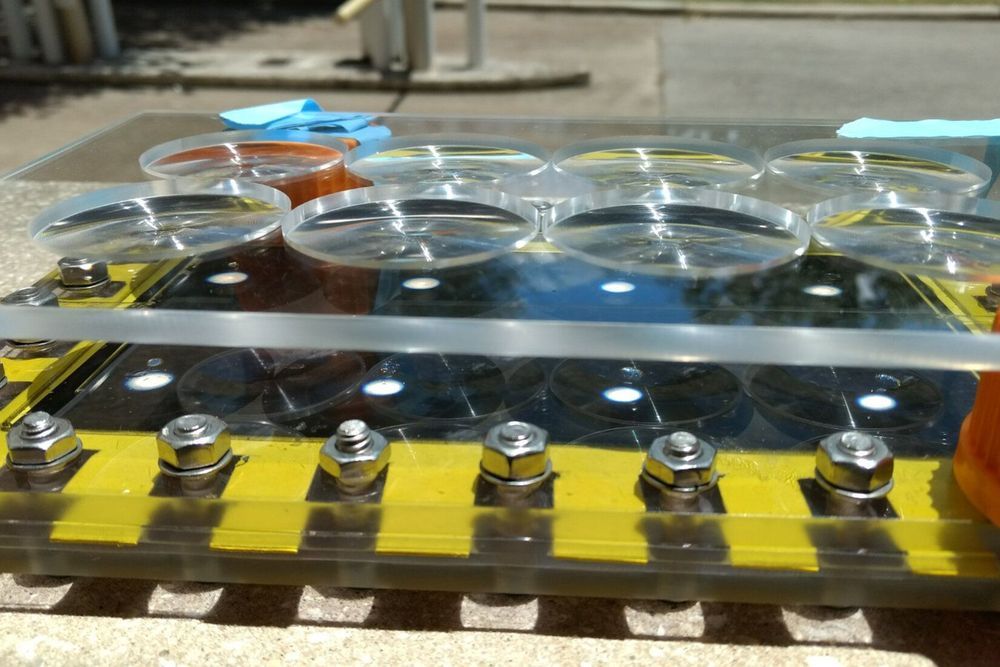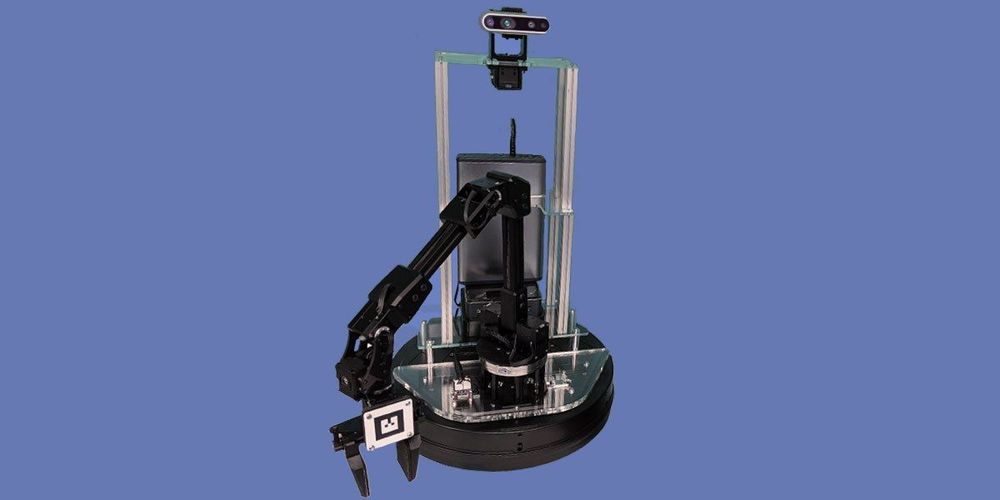

The light emitting from the display module is projected to a FoV, which can be translated to the size of the image perceived by the viewer. Before diving into detailed relations, it is beneficial to review the basic definitions of the above-mentioned display parameters. These requirements often exhibit tradeoffs with one another. Performance summaries on microdisplay light engines and optical combiners will be provided, that serve as a comprehensive overview of the current AR display systems.ĪR and VR displays face several common challenges to satisfy the demanding human vision requirements, such as FoV, eyebox, angular resolution, dynamic range, and correct depth cue, etc. For the see-through AR system, we firstly review the present status of light engines and introduce some architectures for the optical combiners. For the immersive VR system, the major challenges and how these emerging technologies help mitigate the problems will be discussed. Next, we separately introduce VR and AR systems because of their different device structures and requirements. Then, we briefly describe the properties of two emerging technologies: holographic optical elements (HOEs) and lithography-based devices (Fig. In this article, we firstly review the basic requirements of AR/VR displays and their associated challenges. Emerging technologies like holography and lithography have greatly reshaped the AR/VR display systems. Over the past decade, the concept of immersive displays was revisited and received a new round of excitement.

In the 1990s, AR/VR experienced the first boom, which quickly subsided due to the lack of eligible hardware and digital content 6. The above-mentioned requirements, nonetheless, often entail several tradeoff relations with one another, which makes the design of high-performance AR/VR glasses/headsets particularly challenging. To provide a user-friendly wearing experience, AR and VR should be lightweight and ideally have a compact, glasses-like form factor. Another pressing demand, although not directly related to optical performance, is ergonomics. In terms of display performance, AR and VR face several common challenges to satisfy demanding human vision requirements, including field of view (FoV), eyebox, angular resolution, dynamic range, and correct depth cue, etc. VR embraces a total immersive experience, while AR promotes the interaction between user, digital contents, and real world, therefore displaying virtual images while remaining see-through capability. Their useful applications include education, healthcare, engineering, and gaming, just to name a few 3, 4, 5. Augmented reality (AR) and virtual reality (VR) headsets 1, 2 are emerging as next-generation interactive displays with the ability to provide vivid three-dimensional (3D) visual experiences. Recent advances in high-speed communication and miniature mobile computing platforms have escalated a strong demand for deeper human-digital interactions beyond traditional flat panel displays. Finally, we cast a perspective on potential developments and research directions of these photonic devices for future AR and VR displays. Afterwards, we discuss how these devices help enhance the AR and VR performance, with detailed description and analysis of some state-of-the-art architectures. Their properties are analyzed in detail, including strong selectivity on wavelength and incident angle, and multiplexing ability of volume HOEs, polarization dependency and active switching of liquid crystal HOEs, device fabrication, and properties of micro-LEDs (light-emitting diodes), and large design freedoms of metasurfaces. In this review, we begin with introducing the basic structures of AR and VR headsets, and then describing the operation principles of various HOEs and lithography-enabled devices. Fortunately, recent progress in holographic optical elements (HOEs) and lithography-enabled devices provide innovative ways to tackle these obstacles in AR and VR that are otherwise difficult with traditional optics. Nonetheless, to simultaneously match the exceptional performance of human vision and keep the near-eye display module compact and lightweight imposes unprecedented challenges on optical engineering.

With rapid advances in high-speed communication and computation, augmented reality (AR) and virtual reality (VR) are emerging as next-generation display platforms for deeper human-digital interactions.


 0 kommentar(er)
0 kommentar(er)
